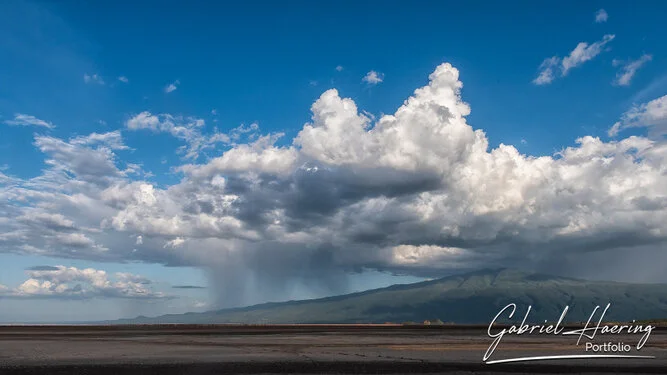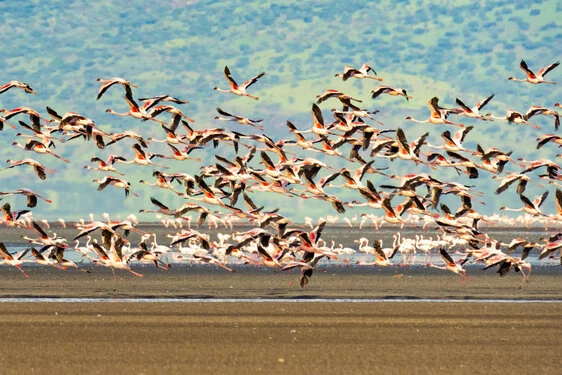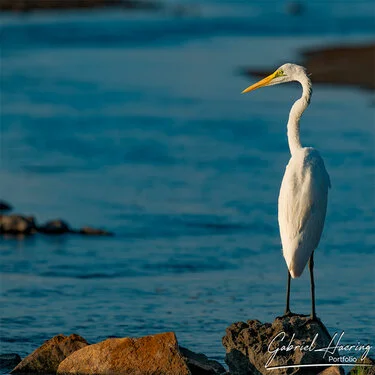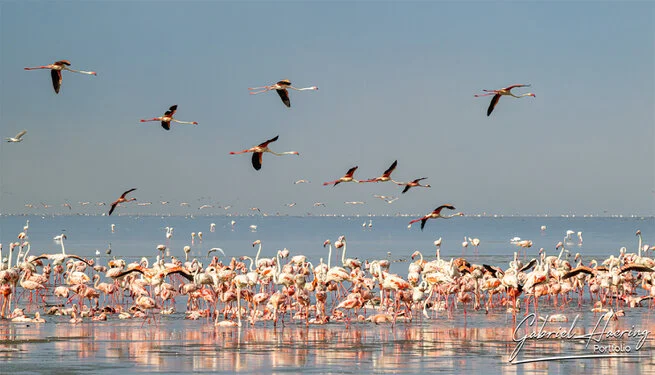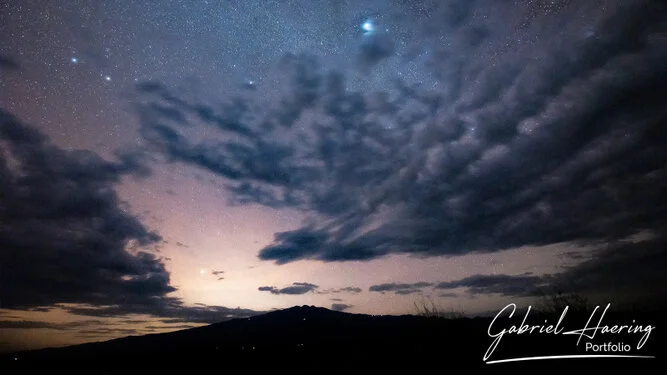Photographic Safari Lake Natron Portfolio by Gabriel Haering
Menu 2 > Portfolio
Lake Natron Portfolio
During my last trip, I had the fortune to immerse myself in the wonders of Lake Natron, located at the foothills of the active Ol Doinyo Lengai volcano. This unique experience took me to one of the most fascinating and least explored corners of Tanzania, where nature shows its power in incredible forms. The alkaline waters of the lake, along with the surreal landscapes that surround it, offered me the opportunity to capture truly extraordinary scenes with my camera.
We will explore the desolate beauty of the lake, whose colours vary from orange to pink to red, and the volcanic landscape of Ol Doinyo Lengai, "the mountain of God" in the Maasai language. This excursion will allow us to immortalise not only the flamingos in synchronised movements but also the extraordinary geology of the area.
Our journey will take us through the unique rock formations and landscapes that define this volcanic region, focusing on the interaction between wildlife and the extreme environment. We will capture the resilience of nature through our lenses, trying to convey the strength and beauty that emerge in these extreme conditions.
Facing the photographic challenges offered by the climate and unique atmosphere of Lake Natron and Ol Doinyo Lengai, we expect to enrich our portfolio with images that tell the story of a landscape where time seems to stand still. This experience will be a journey in the appreciation of extreme nature, a testimony to the unexplored magic of Tanzania, which we will remember forever.
About Lake Natron
Lake Natron, situated in northern Tanzania near the Kenyan border, is one of the world’s most distinctive and saline lakes. This shallow, soda lake is part of the East African Rift Valley and lies in the shadow of Ol Doinyo Lengai, a highly active volcano known as the "Mountain of God" by the Maasai people. Lake Natron’s unique composition is due to the mineral-rich runoff from the surrounding volcanic landscape, which has given the lake its high alkalinity.
Historically, Lake Natron has been a place of mystery and fascination due to its striking blood-red waters and crusty salt flats. Its caustic waters, with temperatures often reaching up to 60°C (140°F) and a pH of over 10, create a harsh environment where few organisms can survive. However, the lake’s inhospitable appearance hides an essential role in the region’s ecology. For centuries, it has served as a crucial breeding ground for lesser flamingos, making it a vital hub for wildlife in East Africa. Today, Lake Natron is a protected wetland under the Ramsar Convention, recognized for its global environmental significance.
Seasonal Changes and Wildlife Patterns
Lake Natron experiences dramatic seasonal changes that influence its landscape and wildlife. The dry season, from June to October, exposes large salt flats around the lake, making it look like a barren, otherworldly expanse. However, these exposed flats serve as critical breeding grounds for the lesser flamingos, which flock to the lake in thousands. The flamingos build mud nests on the lake’s salty surface, where they lay eggs. The high alkalinity of the water acts as a natural barrier against predators, making the lake one of the safest nesting sites for these vibrant birds.
During the rainy season, from November to May, the lake's water levels rise, and the surrounding landscape turns lush with greenery. This influx of water reduces the concentration of salts, slightly tempering the lake’s caustic nature. The wet season brings more life to the area, including various bird species that feed on the algae and microorganisms thriving in the less saline waters. Although the flamingo population disperses during this time, the lake still offers excellent birdwatching opportunities, with species such as pelicans and avocets frequenting the area.
Tips for Photographers Visiting Lake Natron
Photographers visiting Lake Natron are in for a treat, as the lake’s surreal landscapes and wildlife provide endless opportunities for unique shots. Here are some tips to maximize your photography experience:
- Capture the Flamingos: Visit during the dry season to photograph the thousands of lesser flamingos that nest on the lake’s flats. Early morning light is ideal for capturing the vibrant pink colors of the birds against the stark, white salt flats.
- Embrace the Reflections: Lake Natron’s shallow waters create stunning reflections, especially at sunrise and sunset. Use these times to photograph the mirrored landscapes of the lake, the nearby volcano, and the flamingos.
- Wide-Angle for Landscapes: The vast, barren salt flats and the looming Ol Doinyo Lengai volcano offer incredible landscape shots. A wide-angle lens will help you capture the scale and uniqueness of the area.
- Protect Your Gear: The high alkalinity of the lake can be damaging to equipment. Carry protective coverings for your camera, and avoid getting too close to the lake's caustic waters to keep your gear safe.
Whether you’re a wildlife enthusiast, photographer, or nature lover, Lake Natron offers an unforgettable experience while also highlighting the importance of sustainable travel.





